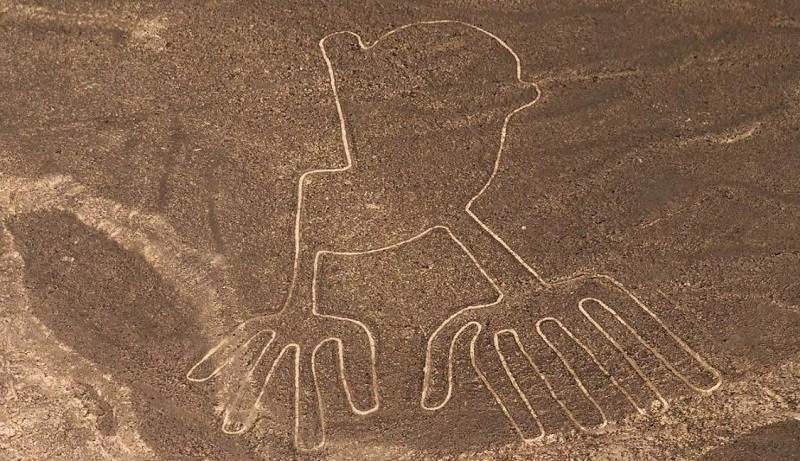Raja Ravi Varma (29 April 1848 – 2 October 1906) was a renowned Malayali Indian painter and artist. He is considered one of the greatest painters in the history of Indian art for a number of aesthetic and wider social reasons. Firstly, his works are regarded as one of the best examples of the fusion of European techniques with a purely Indian sensibility.
Continuing the tradition and aesthetics of Indian art, his paintings used the latest European academic art techniques of the time. He was notable for making inexpensive lithographs of his paintings available to the public, which greatly increased his reach and influence as a painter and public figure. Indeed, his lithographs increased the participation of ordinary people with fine arts and defined artistic tastes for many decades.
Is Raja Ravi Varma a controversial artist?
Indeed, Raja Ravi Varma was putting the culture and temple arts of ancient India on the canvas, but in the complex Indian culture, the masculine mindset clashed with the definition of openness and feminine beauty of ancient India. In his time, there was a lot of opposition to Raja Ravi Varma, but when his paintings are seen together with the real and natural arts of ancient India, then everything becomes clear.
Yes, one thing: Raja Ravi Varma’s feminism was not liked at all by the male society of that time, perhaps even today. (You can read here to learn about beauty depicted in ancient India.) In particular, his depictions of Hindu deities and passages from the epics and Puranas have received intense acceptance from the public.
While his nude paintings are controversial, it is also a truth that Raja Ravi Varma was a painter well ahead of his time, having created a shocking presence in the Indian art scene. a contributing factor No one was willing to take the risk. Raja Ravi Varma didn’t stop ther;, he put himself into a lot of controversy since he painted semi-naked representations of mythological characters like Rambha and Urvashi, which made him wish to offend religious emotions and promote obscenity in the Bombay High Court. In court, he was charged. Let’s know Raja Ravi Varma from his magnificent paintings, which people have not understood till now.

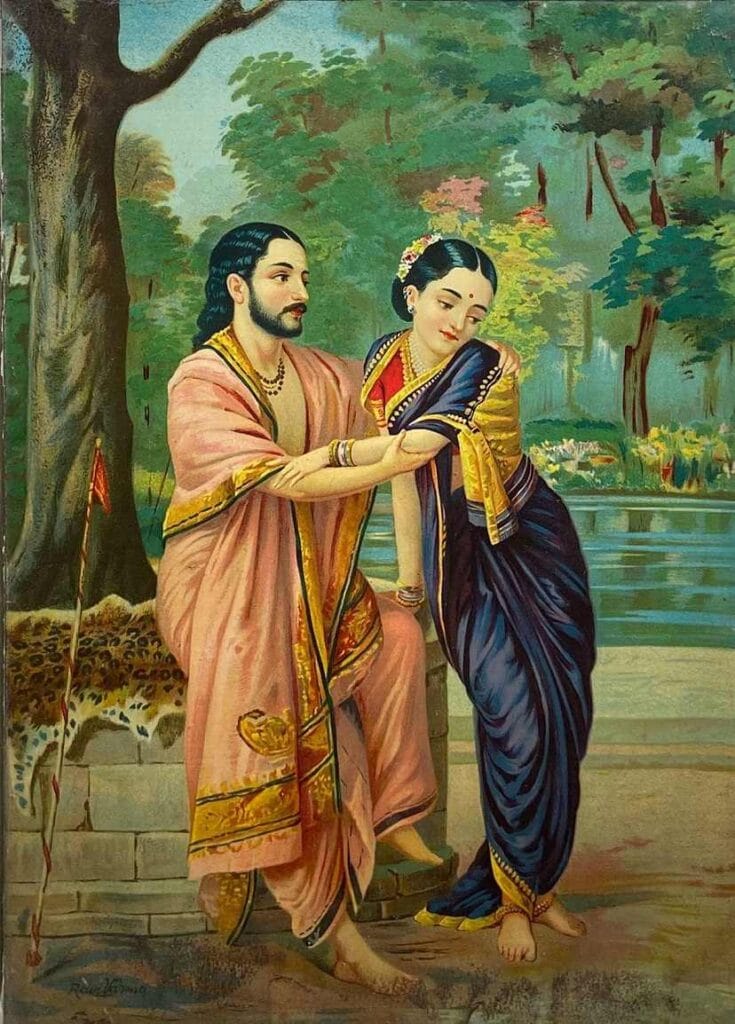
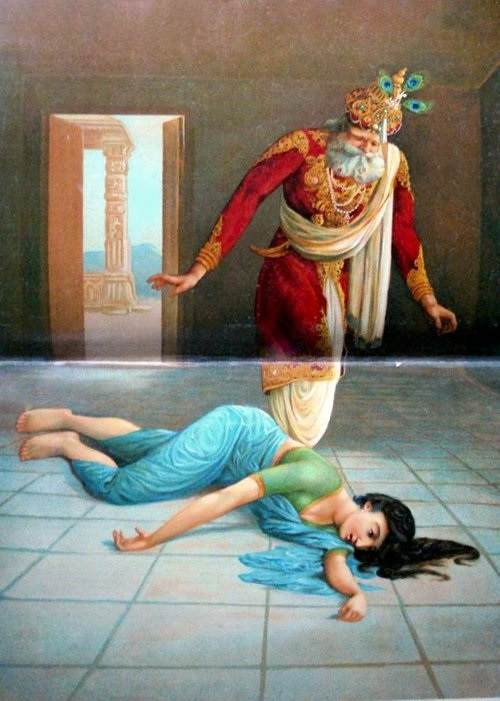


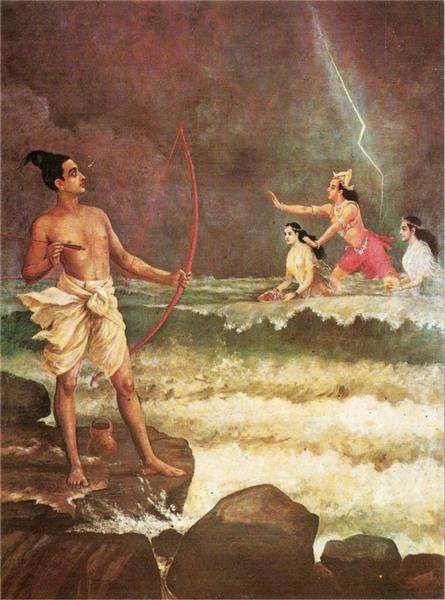
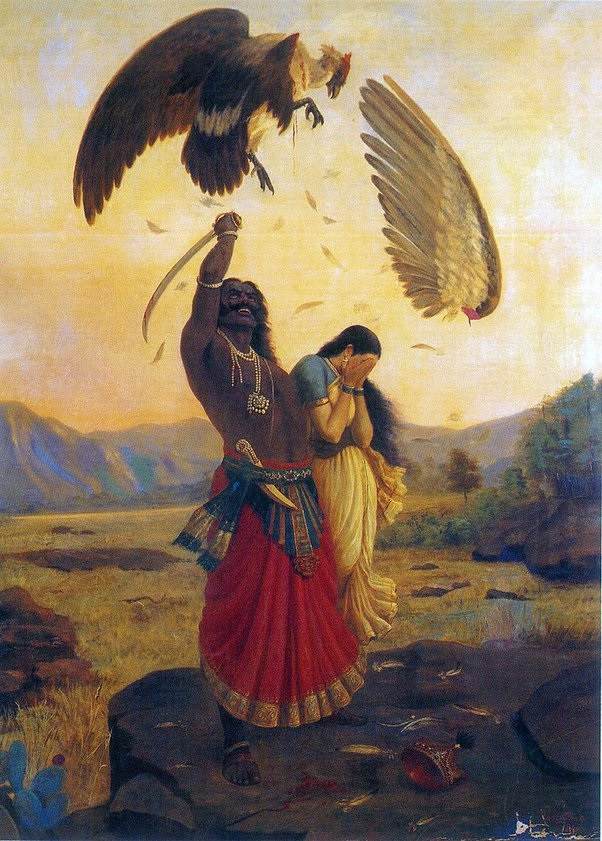
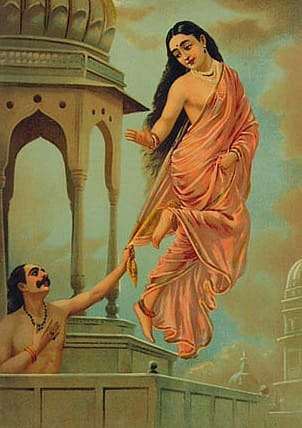
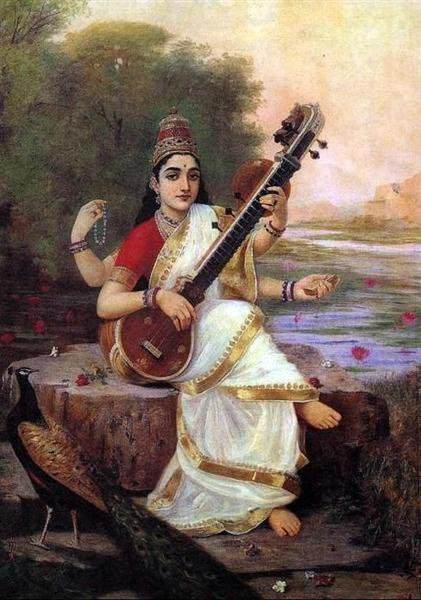
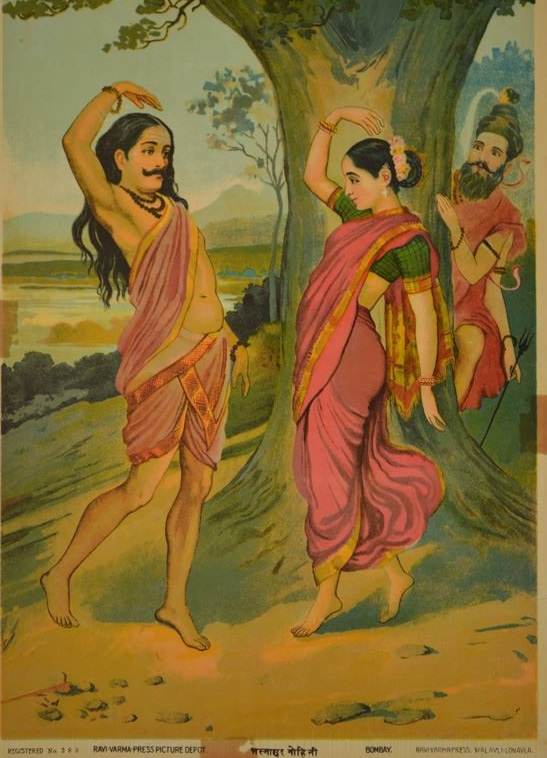
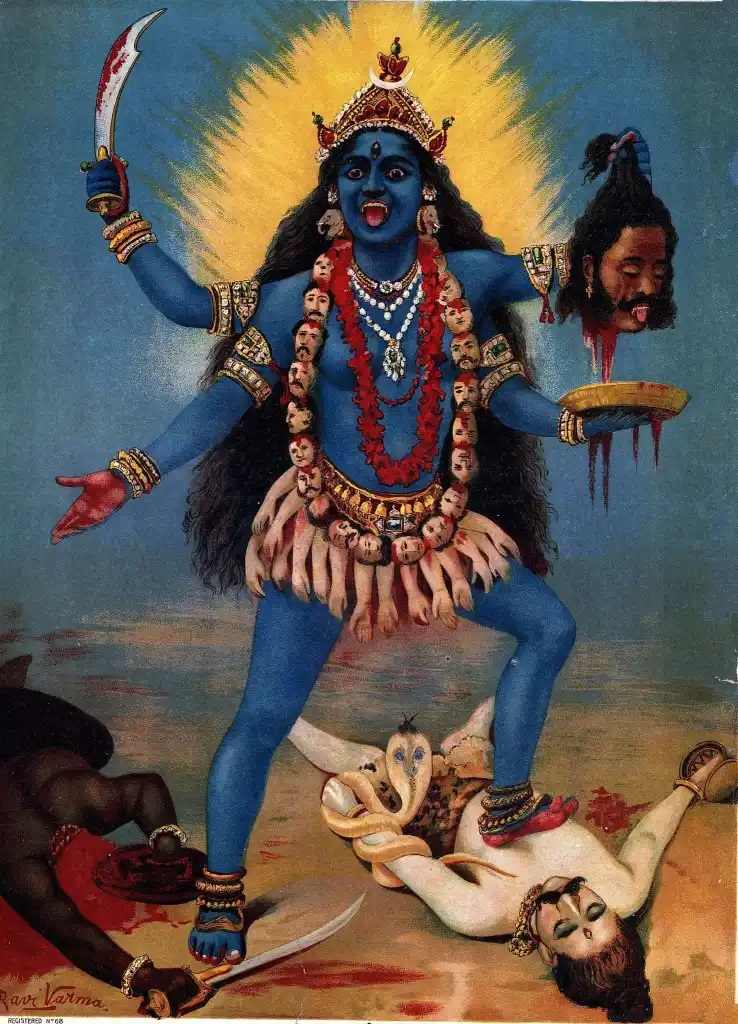
Depicts as Normal People by Raja Ravi Varma
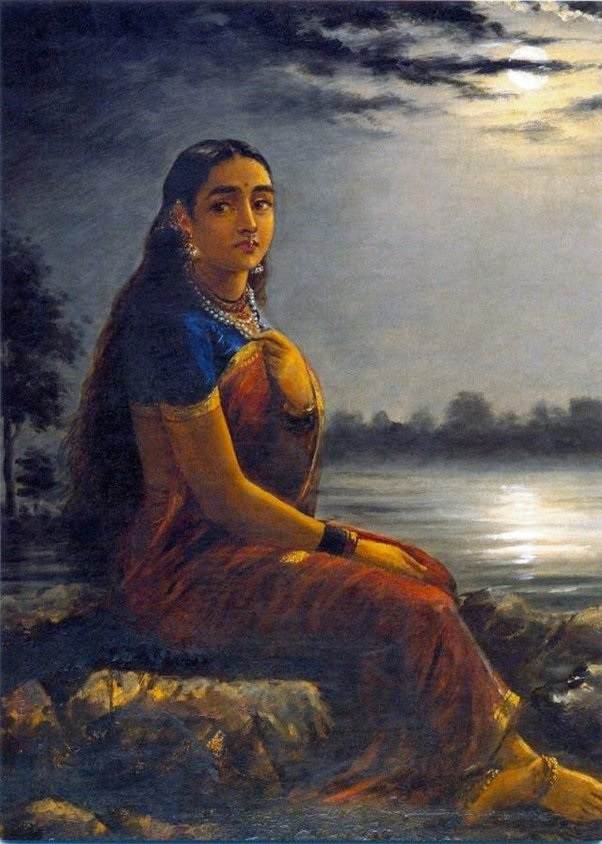

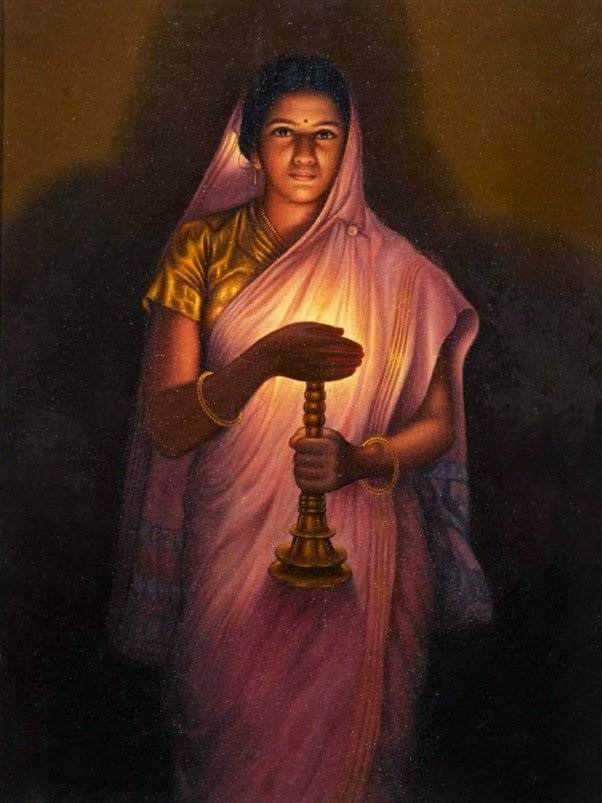

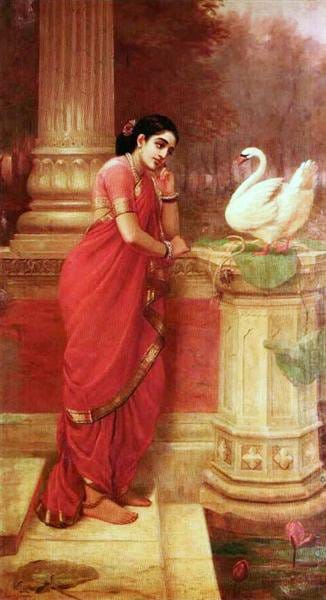
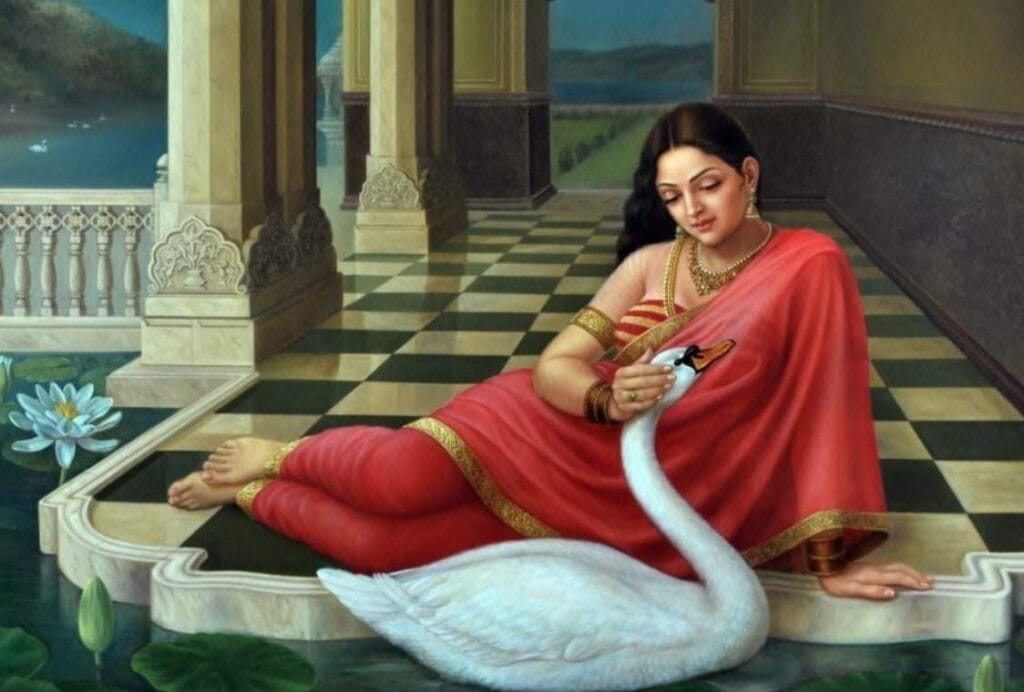

Controversial and feminist Raja Ravi Varma
Like every Indian who sees Raja Ravi Varma’s artworks, I used it to believe they were immensely familiar. After all, his paintings are used to illustrate every mythical story and if there isn’t a painting by him to illustrate a story, the style is usually extremely close to his. That’s perhaps why our age has a hard time recalling Ravi Varma’s brilliance.
Which takes me to the subject of worth. Most middle-class residences, mythological calendars, palaces, and museums display his work. He’s probably as loathed as he is admired as an artist in India now, but I don’t believe it bothers him.
If he were still living, he’d probably pay attention to this comment, smile dignifiedly, and go on painting after painting. After all, he was previously charged for obscenity for allegedly insulting public decency and offending religious and cultural sensitivities of the Indian people by portraying Indian legendary creatures in indecent ways.
And, unlike a far more current progressive artist who suffered comparable malevolent attacks and chose to go into exile some 80 years later. Ravi Varma appeared in court and successfully defended himself on several occasions.
He is the first of India’s nine National Masters, both chronologically (meaning that all of the other great artists of the time, particularly the nationalist Bengal School painters, witnessed his work and had to be positively or adversely inspired by it) and in terms of content.
He was a purveyor of the Nationalistic movement and bridged the gap between British India’s art and the art of the British, but he did so quietly and with equally good ties with the British and the strongmen of the Indian National Movement.
He also painted pictures from legendary stories, which provided the basis for how the rest of the world learned about Indian mythology. In today’s world, everything may be kitsch, but it’s kitsch because it’s everywhere and accessible.
In India, Ravi Varma’s works are the most well-known. He’s also first artist in India to get his name recognized. Prior to him, we were familiar with Western artists such as the Daniels and Tilly, as well as Indian school of art such as the Kalighat school, but individual artists were not as well-known as they were in Europe.
Nudity is seen in his paintings which depicts Indian dress and culture. Raja Ravi Varma had visited India and made his paintings from the culture and lifestyle of ancient India, so the nudity in his paintings are not obscene, but it reflects the ancient tradition of female beauty and feminism.

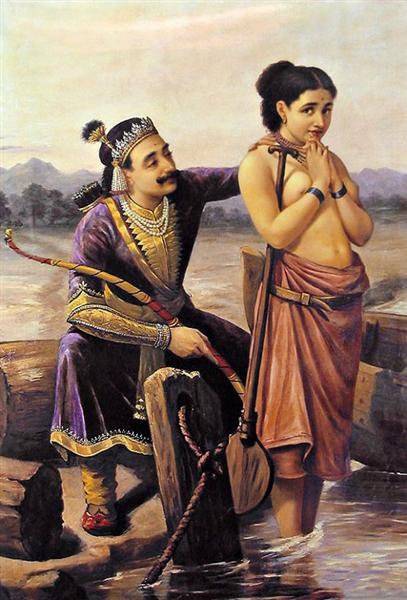

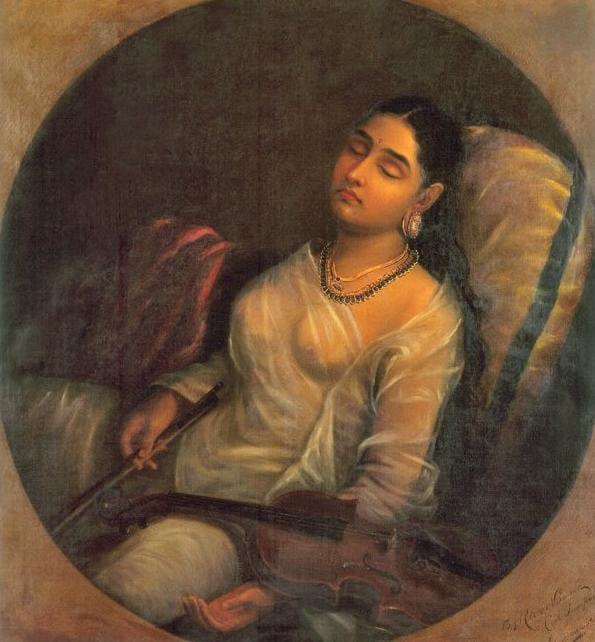
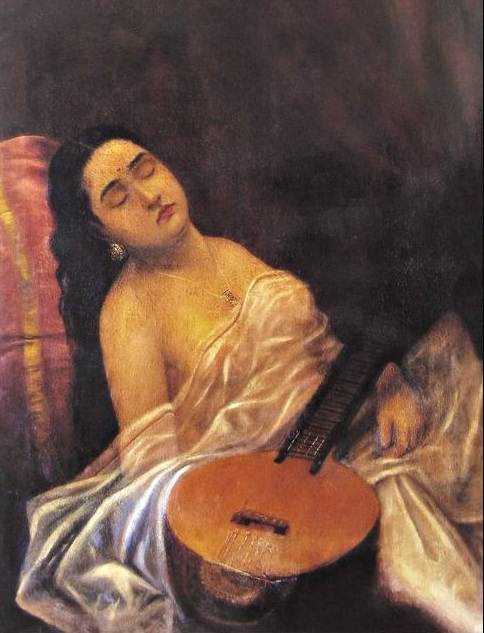

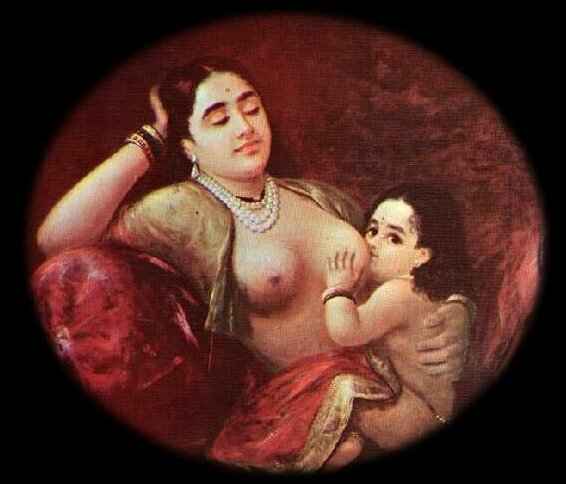

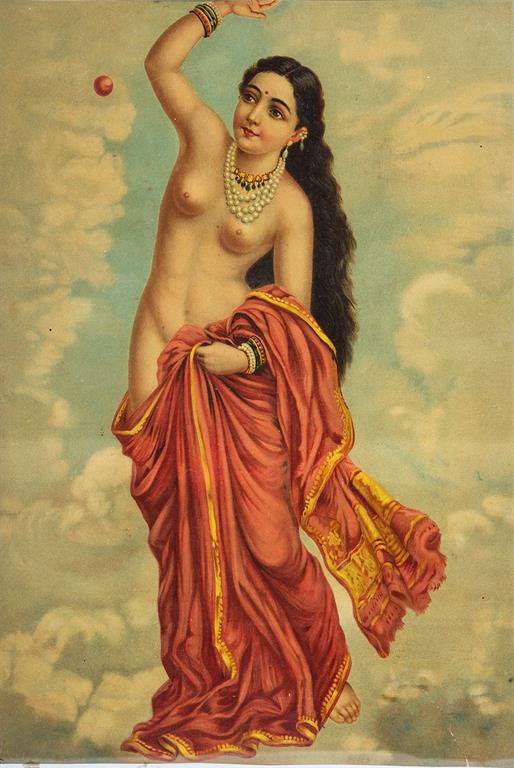
One of the reasons his works are so well-known is that he created a large body of work that was well-received even during his lifetime and continued to gain in value, which is extremely remarkable for such a large body of work. (Art prices are frequently determined by exclusivity.)
Another reason is that he introduced the printing machine to India and kept it running despite bankruptcy, lawsuits, and poor health. The lawsuits arose because the printing press allowed his paintings to be copied and sold to anybody who wanted them, including grocers and barbershops, and his art (which may have had mythological themes but resembled Page 3 women in scant attire) was ideally suited to being printed.
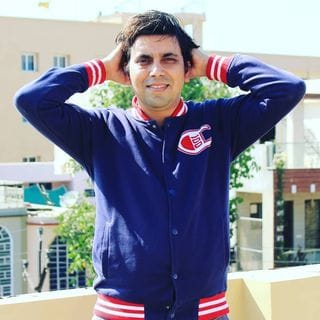
About the Author
Manish love to write and he is a Civil Servant. Users can follow Manish on Instagram ![]()
Mysterious drawings and lines in the Nazca desert
The famous complex and mysterious design of Nazca lines and drawings, which covers a desert terrain…
How can we stay happy and healthy forever
“How we can be happy” is a main goal in every of every person or…
31 Countries without army !! Really ?
Countries without an army, Is it really possible? We discovered more than 30 countries that…
6 WRONG BEAUTY PRODUCTS FROM THE PAST THAT RUINED BEAUTIES
Women have always understood that beauty involves sacrifice and have been willing to make it….
Chai-mazing! Unveiling the Secrets Behind Why Indians Love Tea So Much!
It’s no joke how much tea Indians love! History, culture, and society have all combined…
The Bible’s Tale of Victory through Drunkenness: The Syrian-Israeli War
One famous thing that happens in the Bible is about a war, the Syrian-Israeli War….
